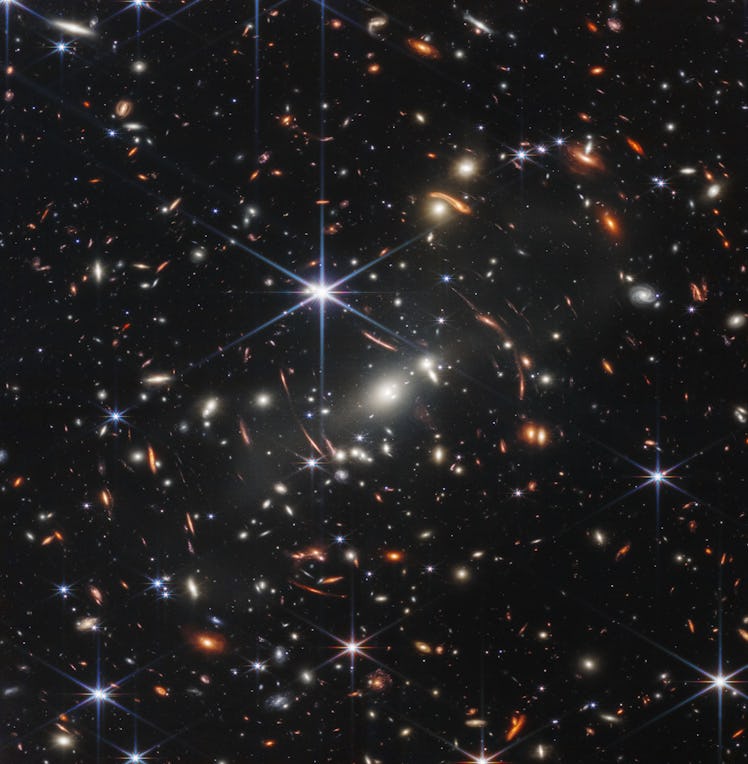NASA Released The "Sound" Of 5,000 More Outer Space Oddities
NASA decided to turn its data on exoplanets into sounds that accompany a map so we can hear — and see how fast — the new space oddities are being found, starting with the first in 1992.

There are so many otherworldly concepts that seem too big for us to grasp, and the solar system can feel like one of those things. We learn about the planets and stars as kids in school, but when we try and think about how big the universe is — and how quickly science is uncovering the mysteries of the great beyond — it can all get a little unfathomable. NASA wanted to help with this, so they came up with an idea of using sound to help conceptualize how fast space science is moving. And it’s really cool.
Earlier this year, the NASA Exoplanet Archive reported the number of exoplanets — which are planets found outside of our solar system — surpassed 5,000. It’s a notable number because the rate of discovery has been happening at record speeds. But, like the whole concept of space itself, trying to conceptualize how fast these amazing discoveries are being made isn’t easy.
So, NASA decided to turn its data into sounds that accompany a map so we can hear and see how fast these new exoplanets are being discovered, starting with the first one in 1992.
“As each exoplanet is discovered, a circle appears at its position in the sky,” NASA explained. “The size of the circle indicates the relative size of the planet's orbit and the color indicates which planet detection method was used to discover it.”
For the sound, a new note is played each time a new exoplanet is discovered, and the pitch of the note depends on the orbital period of the planet. “Planets that take a longer time to orbit their stars are heard as lower notes, while planets that orbit more quickly are heard as higher notes,” NASA added.
With all that together, what we have is a really cool look at just how far space discovery has come. And the tune is a little catchy.
“You might notice a grid-like pattern emerge in an explosion of discoveries,” NASA explains on Twitter. “That's the Kepler Space Telescope, which discovered 3,000+ worlds. Everywhere the telescope looked, it found planets.”
Space is really cool! And it sounds really pretty sometimes, too.
This article was originally published on